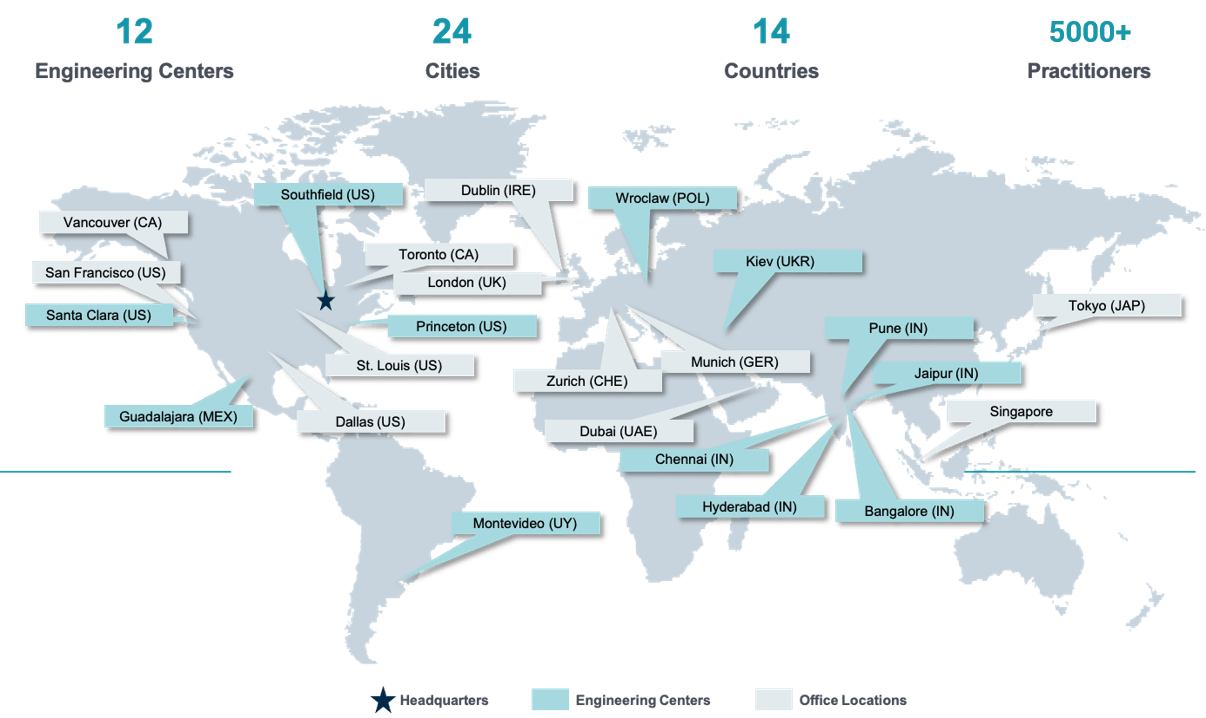Agile, DevOps and DevSecOps
Agile and DevOps are two methodologies that are often used together in software development. While Agile focuses on iterative and collaborative development, DevOps emphasises continuous integration, delivery, and deployment.
Fundamentally, both focus on collaboration across teams and department, to eliminate silos in the information flow.
Agile methodologies, such as Scrum and Kanban, prioritise flexibility, adaptability, and collaboration among team members. The goal of Agile is to deliver software that meets customer needs quickly and efficiently by breaking down development into small, iterative cycles that can be adjusted based on feedback.
DevOps, on the other hand, is a methodology that emphasises the seamless integration of development and operations teams. The goal of DevOps is to speed up the software delivery process and reduce the risk of errors or defects by automating the deployment process and emphasising collaboration between developers and operations teams.
While Agile and DevOps have different focuses, they are complementary methodologies that can be used together to improve software development. By adopting both methodologies, teams can benefit from the flexibility and iterative nature of Agile and the automation and collaboration emphasis of DevOps. Together, Agile and DevOps can help teams deliver high-quality software faster and more efficiently.
Combining additional flavour of DevSecOps into the mix, brings in the much-needed security aspect onto the table.
The practice of using Agile and DevSecOps together has been growing in recent years. DevSecOps, which stands for Development, Security, and Operations, is an approach to software development that emphasises security and compliance throughout the entire development process. While DevOps is primarily focused on increasing the speed and quality of software development and delivery, DevSecOps aims to secure the software development process by integrating security early and throughout the software development life cycle. Hence Continuous Security becomes integral part of the CI/CD pipelines, bringing in much needed ‘Shift-Left’ principles of Security, into the early parts of the development life cycle.
Agile and DevSecOps share many of the same principles, including collaboration, continuous improvement, and iterative development. However, DevSecOps adds an extra layer of security and compliance to the development process, which is becoming increasingly important as cyber threats continue to evolve.
One trend is the integration of security into Agile development through DevSecOps practices. This involves building security and compliance into the Agile process from the beginning, rather than trying to add it as an afterthought. This helps teams to identify and address security vulnerabilities earlier in the development process, which can reduce the risk of security breaches and ensure compliance with industry regulations.
Another trend is the use of automation to support Agile and DevSecOps. Automation tools can help teams to streamline the development process, reduce the risk of human error, and ensure consistency in the deployment process. For example, automated testing tools can help teams to identify security vulnerabilities quickly and efficiently, while automated deployment tools can ensure that code is deployed consistently across different environments.
The trend of using Agile and DevSecOps together is becoming increasingly popular as teams seek to build secure, compliant software that can be developed quickly and efficiently. By integrating security into the Agile process and using automation tools to support both methodologies, teams can improve the quality and security of their software while delivering it more quickly to customers.
However, the fields of Agile, DevOps, and DevSecOps are constantly evolving, and there are several trends that are likely to shape the future of software development.
Let us take a brief look at the future trends in Agile, DevOps and DevSecOps space:
1. Adaptive Agile Frameworks: With frameworks like SAFe really catching up on adoption in many enterprise organisations, we need to look at what Agile framework would really fit into any given organisation, specifically based on the current size and the organisation structure.
2. The adoption of AI and machine learning: Artificial intelligence (AI) and machine learning (ML) have the potential to transform software development by automating repetitive tasks, improving testing processes, and identifying potential security threats. In the future, we can expect to see more AI and ML tools integrated into Agile, DevOps, and DevSecOps processes.
3. Increased focus on observability: Observability refers to the ability to monitor, measure, and understand the performance of a system. As software systems become increasingly complex, observability will become more important in Agile, DevOps, and DevSecOps processes. This includes the use of monitoring tools, logs, and metrics to identify and resolve issues in real-time.
4. Greater emphasis on compliance and security: With the rise of cyber threats and regulations, compliance and security will continue to be a top priority for software development teams. In the future, we can expect to see more DevSecOps practices integrated into Agile and DevOps processes to ensure that security and compliance are built into software development from the start.
5. Continued adoption of cloud-based solutions: Cloud computing has already transformed software development by enabling teams to build, test, and deploy software quickly and efficiently. In the future, we can expect to see even more adoption of cloud-based solutions, including the use of cloud-native architectures and micro-services.
6. Increased collaboration between teams: Collaboration has always been a key principle of Agile and DevOps, and in the future, we can expect to see even greater collaboration between teams. This includes the integration of security teams into development processes and the adoption of cross-functional teams that can work together to deliver software more quickly and efficiently.
With constantly changing needs in the software space, nimble and quick turnaround is needed in the software development. As software development continues to evolve, teams will need to stay up to date with the evolving trends and best practices to remain competitive and deliver high-quality software to customers and their fast-changing needs.
While more and more organisations are moving towards adopting Agile, DevOps and DevSecOps, it is important to consider that culture plays a key role in such strategic moves. As Peter Drucker said, “Culture eats strategy for breakfast”. This means, no matter how well-designed our strategic plan is, it will fall flat unless our team shares the appropriate culture. Adopting Agile, DevOps and DevSecOps, needs that mindset change which can be brought in by building the right culture within the organisation.





